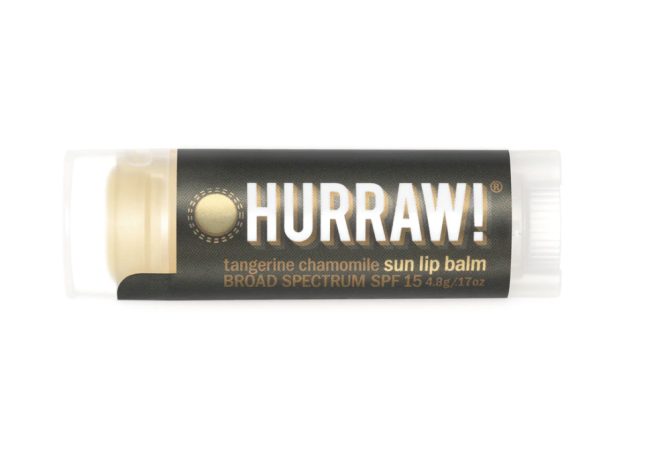
Billions Of Clothes Are Produced Every Year. Why Do We Still Not Know Exactly How Many?
It’s estimated that a shocking 80 to 150 billion clothes are produced every single year. But the fact that the figures out there vary so drastically – that’s a range of 70 billion – should give us pause. Why do we not know exactly how many clothes are produced? And how are we supposed to deal with the massive textile waste problem, if we don’t know how many garments are actually out there?
That’s why The OR Foundation, a non-profit working to tackle textile waste at Kantamanto Market in Accra, Ghana, has launched its Speak Volumes campaign to coincide with Black Friday (a day that has become synonymous with rabid overconsumption), calling for 100 brands of all sizes to reveal their production volumes. “There’s a very big gap in the data – we really shouldn’t have such a discrepancy because it’s a data point that everyone has,” Liz Ricketts, the non-profit’s co-founder and executive director, tells Vogue. “At this moment where so many people are being encouraged to buy more, it’s important that brands are talking about what ‘enough’ is [when it comes to production levels].”
The OR Foundation has asked its followers to each vote for three brands to publicly share the number of garments they produce, with the organisation sending letters to these companies on their behalf. So far, H&M, Zara and Shein have been nominated the most times – with many of the brands corresponding with the labels found on clothing washed up on the beach in Ghana. “We do regular clean-ups and collect the tags from the clothes that we find,” Ricketts explains. “A lot of people are paying attention to that information to call on those specific brands that are at the top of those lists [to share their production volumes].”
To date, none of these top brands have published the exact number of items they produce, although Zara’s parent company Inditex does publish its production volume in tonnes. Shein pointed to the fact that it launches its styles “in small initial batches of 100 to 200 items”, but didn’t directly address the question of publishing production figures, while H&M declined to comment.
However, several smaller labels, including Collina Strada, Finisterre and Osei-Duro, have shared the number of clothes they produced last year. All brands participating in the initiative have also committed to sharing their production volumes annually going forward. “It’s important to be radically transparent in the industry to build strong data in order to focus on how we can do better in the future,” Hillary Taymour, creative director and founder of Collina Strada, explains of the brand’s decision to share the data.


